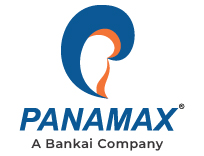Uninterrupted mobile connectivity is the need of the hour. The demand for high-speed connectivity is pushing the telecom operators to the edge as they are facing challenges in expanding their infrastructure. In addition, if a business has a traditional infrastructure, it would require more investment in streamlining the hardware, spectrum, and operational resources.
MoCn Gateway Solutions, known as Multi Operator Core Network enables telecom operators with network sharing. This solution, over the years, has emerged as a game changer in the telecom industry as advanced network sharing enables multiple operators to optimize resources. Also, MoCn allows the operators to leverage the same infrastructure and accelerate the rollout of new-age technologies like 5G.
This blog explores how multi-operator resources are transforming mobile communication by fostering collaboration among telecom providers. It also examines the aspects of improving service quality and paving the way for a more connected future.
The Evolution of Multi-Operator Core Network (MoCN) Solutions
What is MoCN?
Multi-Operator Core Network (MoCN) is a network-sharing model. It allows multiple telecom operators to use the same Radio Access Network (RAN) while maintaining independent core networks. Through MoCN, the telecom operators can expand their reach without setting up a separate infrastructure, leading to cost saving and better connectivity.
Key benefits of MoCN solutions include:
- Cost Efficiency: Better use of capital investments as the telecom operators use shared infrastructure. This also leads to lower operational expense.
- Enhanced Coverage: Wider network reach, with uninterrupted services especially in the remote and under versed areas.
- Optimized Spectrum Utilization: Optimal and precise allocation of spectrum resources to the operators according to their requirement
- Faster Deployment: Faster services and quicker rollout of new solutions
MoCN Gateway Solutions: The Backbone of Network Sharing
Understanding MoCN Gateways
In general, consider MoCN as an intermediary between the core network of different operators and the shared RAN. These gateways facilitate seamless integration and interoperability between multiple service providers, ensuring smooth communication without compromising security or performance.
How MoCN Gateways Enhance Telecom Network Sharing
Seamless Interoperability
The greatest virtue of MoCN gateways is that it enables different telecom operators to co-exist on a shared infrastructure. They help in better communication, authorization process and authentication. In addition, with seamless interoperatibility, the gateway solutions enhance user experience and network efficiency.
Network Load Balancing
The network traffic gets evenly distributed among operators for optimal utilization of resources. Through dynamic allocation, the network operators can easily manage bandwidth and traffic routing to prevent congestion. It also minimizes latency and helps manage increasing data loads, particularly in the high traffic areas. Thus, with better network load balancing, telecom operators can provide uninterrupted services.
Enhanced Security
MoCN gateway solutions use advanced authentication mechanisms to prevent data breaches and have better encryption. They also feature advanced security features such as firewall protection and real time threat detection. These solutions safeguard the network against cyber-threats and maintain the data integrity while operating in a shared environment.
The Role of Telecom Gateways in Network Sharing
What Are Telecom Gateways?
Telecom gateways are essential components that facilitate communication between the telecom service providers and different networks and technologies. The telecom gateways ensure smooth interoperability and help telecom service providers easily expand their services without hiccups and major infrastructural investments.
Types of Telecom Gateways for Network Sharing
Signaling Gateways
Signaling gateways enable seamless communication between different generations of mobile networks, including 2G, 3G, 4G, and 5G. They also have a crucial role of acting as a protocol converter. As a protocol converter, they ensure that signaling messages are transmitted correctly between different network architectures. Whether it is for maintaining interoperability across heterogenous networks or reducing latency, MoCN gateway solutions fit the bill.
Media Gateways
Media gateways ensure high-quality connectivity between several telecom carriers by facilitating voice and data transmission across multiple networks. They make it possible to convert media streams between various network formats, which facilitates multimedia services and smooth Voice-over-IP (VoIP) calls. Media gateways improve the performance of telecom operators' MoCN solutions by minimizing packet loss and optimizing bandwidth utilization, guaranteeing an improved user experience.
Roaming Gateways
By facilitating smooth national and international roaming, roaming gateways guarantee that customers can connect to several networks without experiencing any interruptions in service. These gateways are in charge of overseeing billing, authorization, and authentication between the home and visited networks. By integrating advanced roaming solutions with network sharing telecom gateways, operators can ensure seamless connectivity, boosting customer satisfaction and revenue.
Benefits of Telecom Gateways for Network Sharing
Telecom gateways for network sharing offer numerous advantages that enable telecom operators to provide seamless connectivity while optimizing network performance and reducing costs.
- Improved Network Efficiency: MoCN gateway solutions enhance network efficiency by optimizing bandwidth usage, reducing latency, and ensuring smooth data transmission across multiple operators.
- Cost Savings: By leveraging shared network resources, telecom operators can significantly reduce infrastructure investments and operational expenses while maximizing resource utilization.
- Enhanced Service Quality: Telecom gateways for network sharing ensure consistent and high-quality communication, reducing service disruptions and improving user experience across different networks.
- Faster Network Expansion: Operators can accelerate the deployment of new services and expand network coverage without major capital expenditures, enabling quicker service availability in both urban and rural areas.
Use Cases of Multi-Operator Network Sharing
Expanding Rural Connectivity
Enhancing network coverage in remote and underserved locations is one of the main applications for MoCN technologies. Multiple telecom operators can offer mobile services to rural areas without incurring significant expenditures by sharing RAN infrastructure. This is particularly important in developing nations where it can be difficult to set up new telecom infrastructure.
5G Deployment and Optimization
Telecom operators are using MoCN solutions more frequently in order to maximize network rollout as 5G technology develops. Operators can expedite 5G implementation while preserving network dependability and service quality by utilizing shared telecom gateways.
Enterprise Network Solutions
Enterprises require seamless communication across multiple locations. Telecom gateways and Mobile Core Network (MoCN) solutions enable businesses to access high-speed mobile networks with built-in redundancy, eliminating dependence on a single operator for reliable connectivity.
Challenges and Future of Multi-Operator Resources
Despite the numerous advantages of MoCN solutions and telecom gateways, several challenges remain:
- Regulatory Barriers: Network regulations vary according to the rules of the country. Telecom operators must ensure compliance with local laws on network sharing to avoid hurdles. Adhering to the laws comes with its own challenges as in some countries the approval process may be lengthy and tediuous, which curbs the scope of network sharing.
- Security Concerns: In a shared network environment, operators need to be on point to ensure data security. Therefore, it becomes essential for telecom gateways to have advanced authentication, real time threat monitoring, and encryption to prevent cyberattacks and unauthorized access.
- Inter-Operator Coordination: Managing different network resources is a demanding task as it requires robust coordination and collaboration. Also, large scale disputes over revenue sharing models, service levels, network prioritization can arise leading to stagnant operational agreements.
Conclusion
Multi-operator network solutions—powered by Mobile Core Network (MoCN) technologies, gateway systems, and shared telecom infrastructure—are revolutionizing mobile communications. These innovations enable cost-effective, scalable network sharing, accelerating global 5G rollout while enhancing connectivity and service reliability.
The collaboration of MoCN solutions and telecom gateways is revolutionizing mobile connectivity by enabling cost-efficient network sharing, faster 5G deployment, and seamless global communication. By overcoming infrastructure challenges and enhancing service quality, these innovations foster efficiency and reliability among operators—paving the way for a more connected, efficient, and inclusive digital future.


















